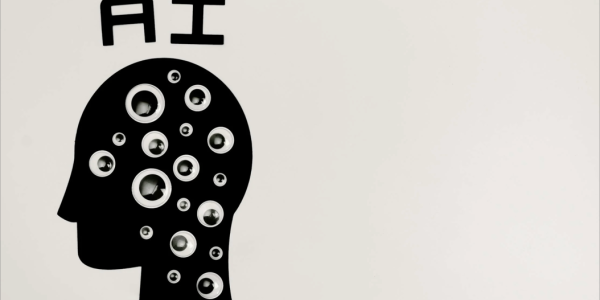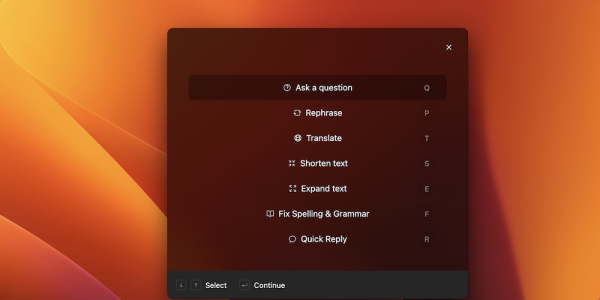In short: it involves lots of coffee!
Being an app that is usually labeled as Productivity App, we are always looking for the best way to organize things to deliver maximum customer satisfaction through great products and features.
When working with a small team and lots of ideas, you have to come up with processes and methods that not only allows for fast release cycles but leaves room for creativity and "secondary" activities (like posting on our blog).
There are tons of articles on how to boost your productivity, work 3 hours a day, become rich and successful... and many articles advocating the opposite. My goal today is to share how we are organized after some trial and error structuring a startup, and show you what is working for me and for our team!
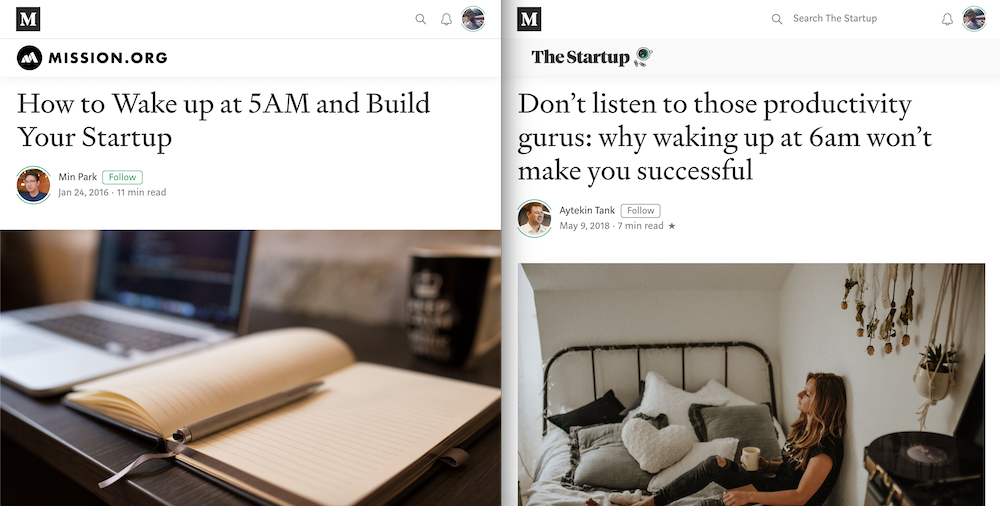
Pomodoro technique
Pomodoro technique states that you should work no longer than 30 minutes straight when 100% focused. The principle is you work 30 minutes, take a 5 minute break, and move on to another task. After 4 pomodori, take a longer (15 minute) break.
Supposedly, it works great for Agile product development. We have slightly adapted it since our sprints are not always small enough to fit into one Pomodoro: we always take a break but allow ourselves to go back to the same task.
According to Wikipedia, doing this improves memory and brain flexibility. It does allow to take a break and step out of complicated issues to get some perspective.

Journaling
I have tried and ditched the Bullet Journal (whispers in the audience).
Don't get me wrong, I love the idea and how journaling helps declutter your brain, but while I always have my phone and my Google Agenda with me, my journal might be at home or deep in my bag. So Bullet Journal never really worked for me (plus my handwriting is not great, and I like beautiful things).
However, I like (and stick to) journaling on a daily basis. Every morning, I like to sit down before I jump headfirst into the day-to-day routine, look at what I've done the day before, and give myself a set of goals for the day. The feeling of accomplishment and progress is always great at the end of the day!

Journaling helps you better remember your priorities and feel organized. So keep your notebook at reach (I use a Rocket Book) and start your day with some handwriting.
Notifications-free morning
This is one technique that really changed my working routine. When I wake up, I do not check my emails or notifications. I just have my breakfast, get ready, and start thinking about what the top priority of the day is.
Then, when I get to the office, I turn off all notifications on my phone and my computer. Phone on DND (just in case something important needs my attention), distraction-free on the Mac, and I dedicate my first 2 to 3 hours to making progress on my daily priorities.
I tend to keep my meetings, email replies, and notifications for the afternoon when I'm usually less productive. Leaving my notifications off in the morning helps me stay focused on what's important (sometimes, one email and you get carried away for the rest of the day).
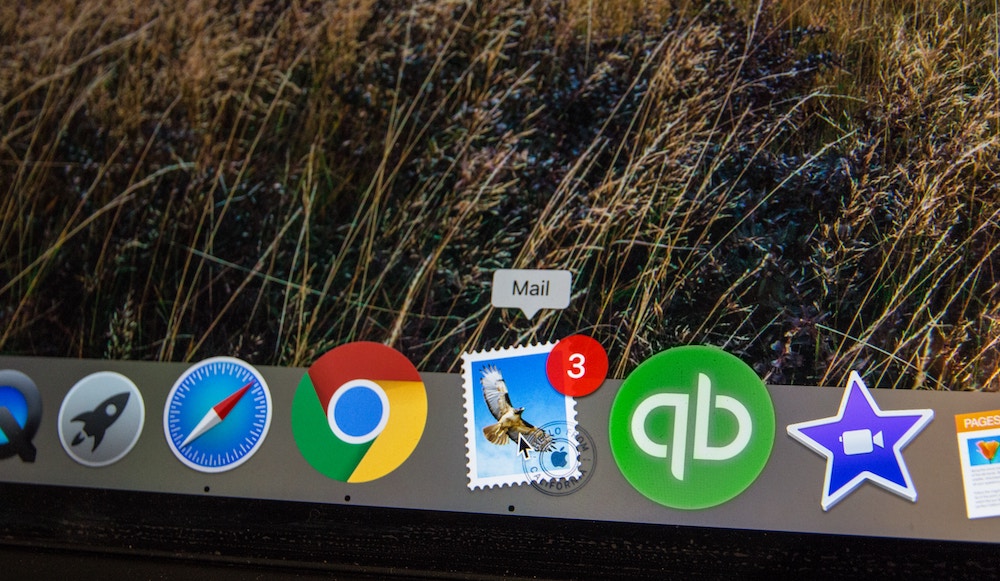
Trello + ICE + Planyway
Trello is BIG. It could be an article on its own. Having tried many different tools, I keep coming back to Trello for its flexibility and pricing.
Flexible also means there's lots of room for creativity when it comes to choosing the right columns, moving cards around, and creating issues. So here's how we organize at typedesk.
Boards
- Product Development: our most active board with feature requests, bugs and progress tracking
- Business Development: all the tasks that do not belong to product development (developing partnerships, working on business models, etc)
- Roadmap: a larger scale on our product development, showing only the big picture with no details (long-term view)
- Content Planning: where we collect our blog post ideas and plan our social accounts
In details
Product Dev board (the most active), is organized as follows:
- Icebox: all our ideas, unsorted, uncategorized, unprioritized
- Ready: ideas that have been validated and selected by the team, with only qualified cards (we'll come to that later)
- Bugs: these cards are always separate and can bypass our ICE score
- In Progress: well, tasks in progress
- Stuck: tasks that have been In Progress for over a week
- Done: Finished tasks that need validation
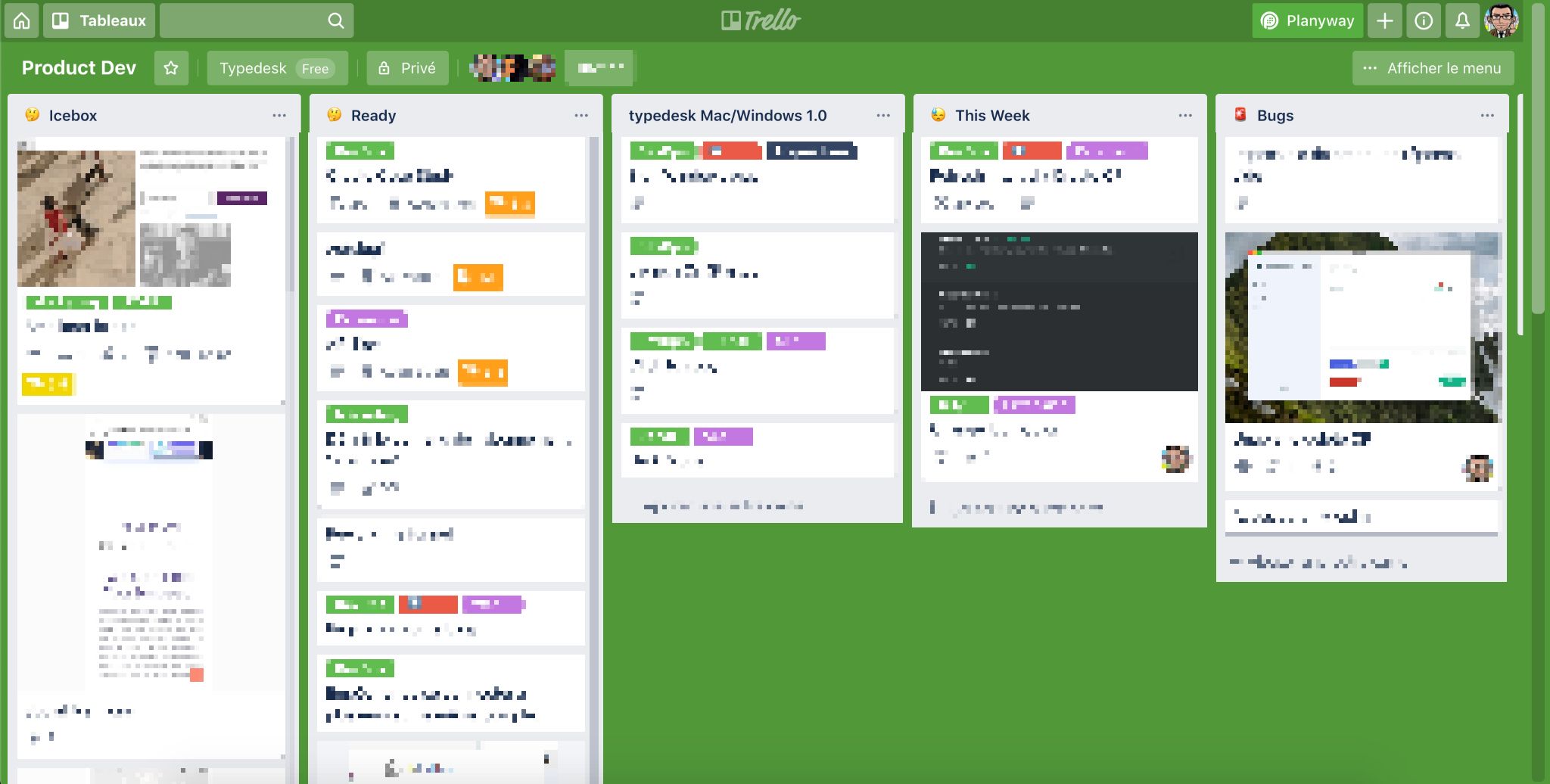
We also have temporary columns for app releases. For instance, we may create a column for our next major extension release with all the issues and tasks we want to release along with that specific version. It helps us get a better view of how much progress we have made on the next update.
Our favorite power-ups
ICE-Score: allows us to rank each card according to its ICE score (Impact, Confidence, Ease). This power-up also adds Reach. Each card then has a score: the higher the score, the higher it shows in Trello and the quicker we get to it.
Planyway: allows for finer control on dates, timelines, milestones, and shows tasks in a calendar next to Google Agenda (very practical to organize the week).
Wrap up: wake up call

There you have it: a look into how we actually organize for maximum productivity and sensible decisions. Now, whether you decide to wake up at 3am, 5am or 2pm is a whole other story 😀

